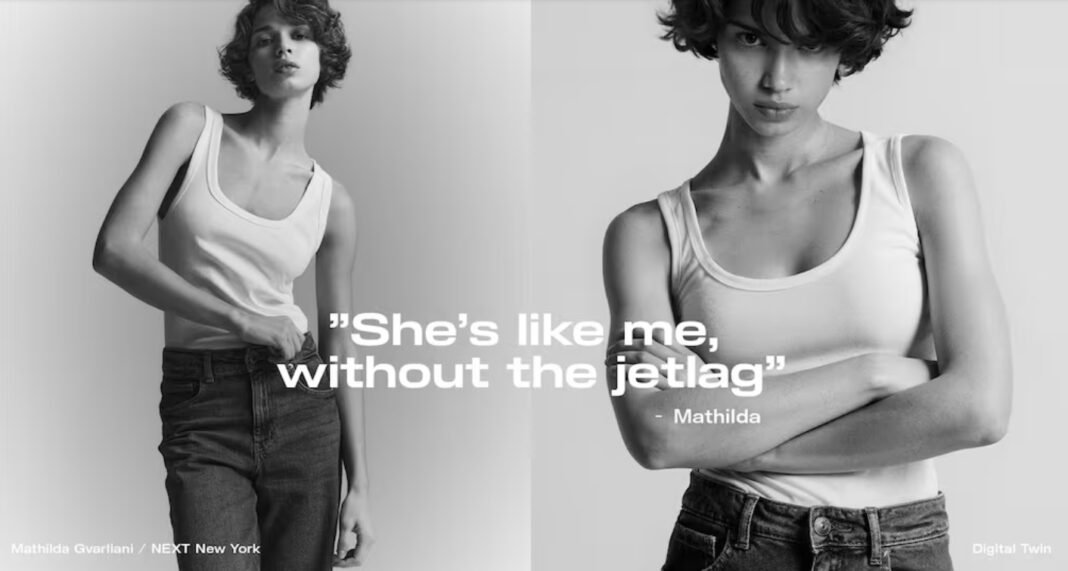The growing backlash against artificial intelligence models has sparked significant discussions about the protection of human models, particularly in creative industries. As AI technology becomes more advanced, its capabilities have increasingly collided with concerns about job displacement, ethical implications, and its impact on human creators. In response, some governments and industry leaders are beginning to enact protective legislation to safeguard the interests of human models — from actors to fashion models and artists — ensuring that they aren’t overshadowed or replaced by AI-driven solutions.
Human models, particularly in fields like advertising, fashion, and entertainment, have long been at the forefront of creative industries. With AI’s ability to generate hyper-realistic visuals and deepfake technologies making waves, concerns about the erosion of job security for actual human talent are rising. For example, AI-powered avatars are already being used to create virtual influencers and even digital representations of real-world figures, which can perform in advertising campaigns or social media promotions without ever physically appearing. While this might open up new creative possibilities, it also introduces a host of potential challenges, including the undermining of fair pay, ownership rights, and artistic expression.
To address these concerns, legislation is starting to take shape in some regions. Laws are being put in place to ensure that human models’ likenesses and intellectual property are protected. These laws can regulate how AI-generated versions of individuals are used and ensure that any digital representation of a human must come with proper consent and compensation. In essence, they aim to establish a framework for ethical AI use in industries traditionally reliant on human creativity.
However, not everyone is convinced that AI poses a threat to human models or creativity. Pro-technology critics argue that much of the concern is overblown, citing the limitations of AI models in replicating the full spectrum of human innovation. While AI can mimic patterns, generate impressive simulations, and even create content based on vast datasets, it still lacks the intuitive, emotional, and often unpredictable elements that make human artistry and creativity unique. In their view, AI can augment the work of human models rather than replace them. They emphasize that AI’s current role is more about enhancing human capabilities than diminishing them. For example, AI can assist in photo editing, improve virtual try-ons for fashion, or offer suggestions for creative content, but it cannot yet fully replicate the complex nuances of human experience or originality.
Moreover, AI’s limited scope in truly innovative thinking is a key point in the debate. While AI can analyze patterns, synthesize data, and generate responses based on algorithms, it is still far from being able to “create” in the sense that humans do. AI lacks personal experiences, emotions, and subjective perspectives, which are often integral to creativity. As such, proponents of human models argue that AI may serve as a tool to help, but not to replace, human input in creative processes.
The rise of AI and its impact on human models highlights a critical crossroads in the creative industries: how to strike a balance between embracing technological advancements and ensuring that human creators are not left behind. In the coming years, we can expect to see ongoing debates about the ethical implications of AI in creative fields, as well as the continued push for legislation to ensure fair treatment of human talent.
Ultimately, the future of human models in an AI-driven world may not lie in competition, but in collaboration. By finding ways to blend human creativity with AI technology, industries can unlock new possibilities that push the boundaries of artistic expression while ensuring that human models continue to thrive. Whether AI complements the work of human creators or remains a supplementary tool, one thing is clear: technology will continue to reshape how we think about creativity — but it is the human touch that remains irreplaceable.






